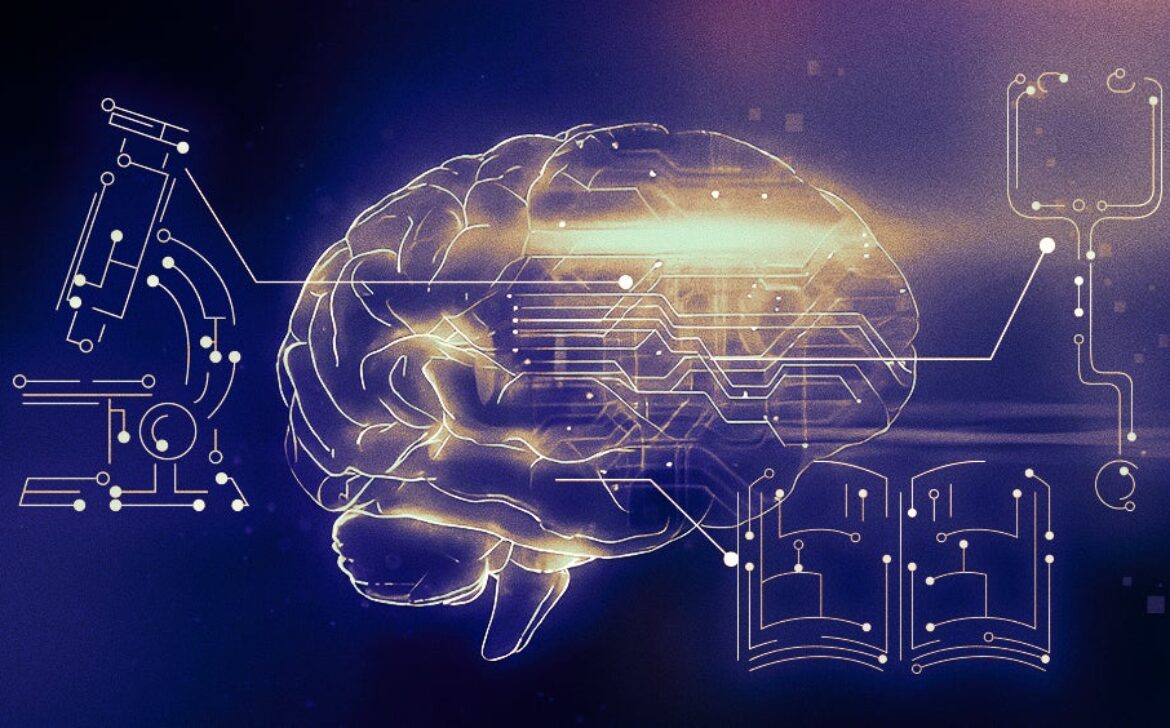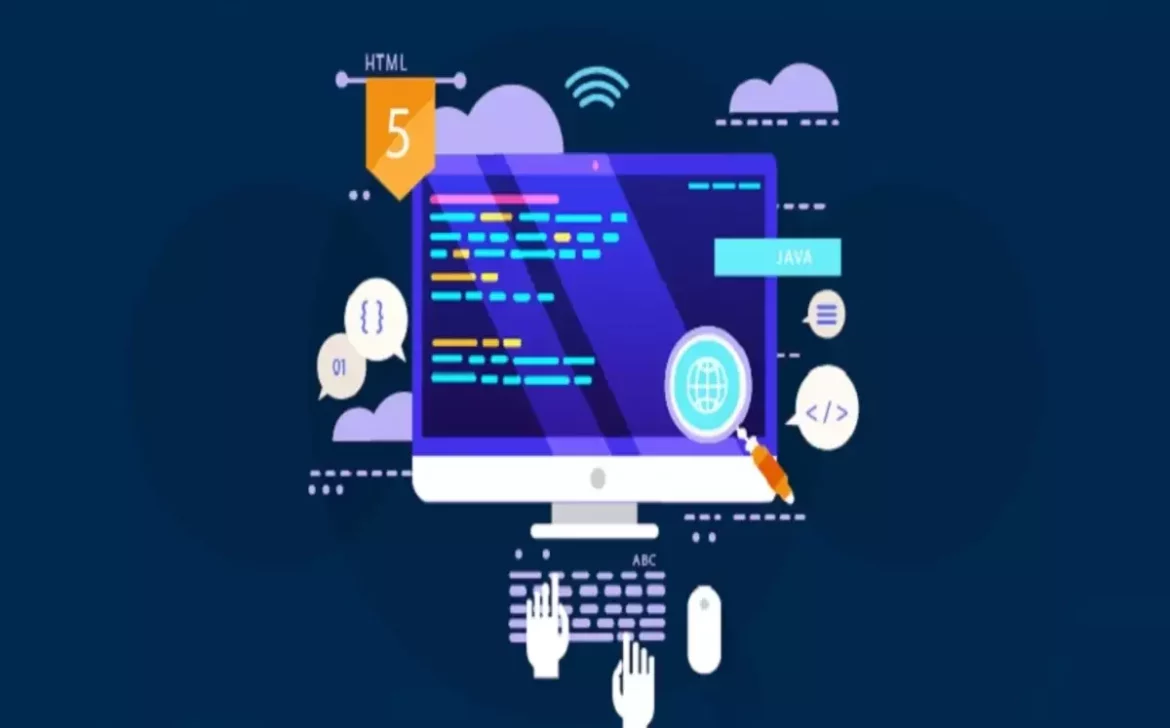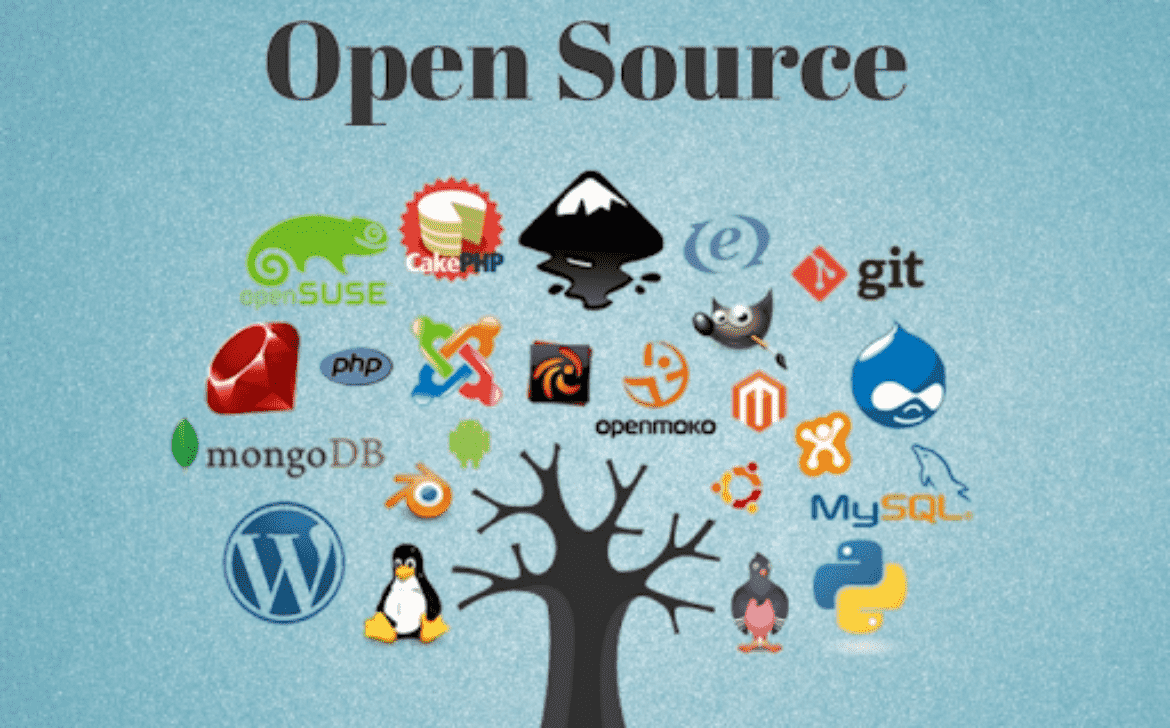Embracing Technology: Unveiling the Transformative Benefits of the Digital Age
Introduction
Explore the profound benefits of technology that are shaping our world. Discover how technology empowers us with enhanced connectivity, access to information, efficient communication, innovation, healthcare advancements, automation, environmental sustainability, and global collaboration.
Enhanced Connectivity
Discover how technology bridges distances through social media, video conferencing, and messaging apps, fostering connections that transcend geography.
Access to Information
Uncover how technology democratizes knowledge with online courses, educational videos, and easy access to information, enabling continuous learning and personal growth.
Efficient Communication
Learn how technology revolutionizes communication with emails, instant messaging, and video calls, enhancing interactions, productivity, and relationships.
Innovation and Creativity
Explore how technology amplifies creativity through design software, virtual reality, and AI tools, empowering inventors and artists to bring their ideas to life.
Healthcare Advancements
Understand the transformative impact of technology on healthcare, from telemedicine to wearable devices and AI-driven diagnostics, improving patient care and well-being.
Automation and Efficiency
Witness how technology-driven automation optimizes processes in manufacturing, customer service, and beyond, enhancing efficiency and reducing errors.
Environmental Sustainability
Discover how technology addresses environmental challenges with sustainable energy solutions, data-driven resource management, and eco-friendly practices.
Global Collaboration
Explore how technology fosters global collaboration, enabling professionals from diverse fields to work together on projects that tackle global issues.
Conclusion
As we navigate the digital age, the benefits of technology shine brightly. Enhanced connectivity, access to information, innovation, healthcare advancements, automation, sustainability, and global collaboration enrich our lives. By embracing technology responsibly, we propel ourselves toward a future of boundless possibilities, where the advantages of tech empower us to overcome challenges, transform industries, and create a world of unparalleled potential.












